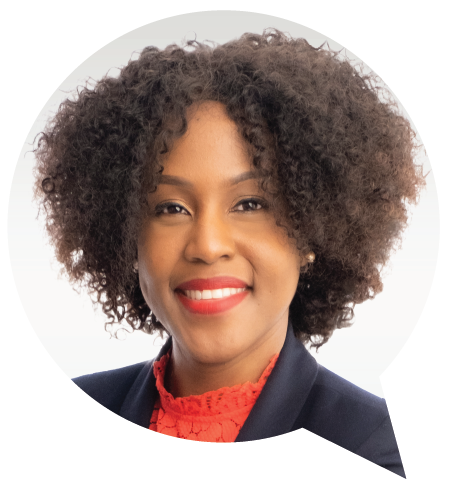On Being Oneself…Or Not…It’s Complicated!
We’ve all heard the ubiquitous advice to ‘just be yourself’ thrown around like confetti at a parade – a remedy for navigating difficulties or achieving success in the workplace (and beyond). Well, if I had a dime for every time someone dropped that gem, I’d be ballin’ like a rapper at a club – making it rain dimes so hard, they’d nickname me ‘Drizzle McMoneybags’! But let’s face it – in the nuanced reality of professional settings, authenticity isn’t always the winning formula – particularly if you suck…or if you belong to a minority group. Since I’m fabulous and don’t suck, it’s safe to assume that I belong to a minority group.
Covering Strategies
Despite the increasing discourse on inclusion in legal practice, minority lawyers still feel pressure to conform to prevailing norms and expectations. Consequently, they often employ strategic tactics to secure acceptance within the profession. Erving Goffman, a renowned sociology professor at the University of California, Berkeley, introduced the concept of “covering,” highlighting how individuals with stigmatized identities invest effort into minimizing the visibility or impact of those identities. In essence, it’s about blending in, fostering comfort among others, and projecting oneself as part of the dominant group.[1] Put simply, the reality is that being oneself isn’t always an option.
Kenji Yoshino further explores the concept of covering strategies suggesting the following:
1. Appearance-based covering, for instance, forces minority lawyers to grapple with decisions about their outward presentation. From altering their names to conform to Western standards of pronunciation to carefully curating their social circles and conversation topics, the pressure to assimilate can be overwhelming. Yet, this facade often comes at the cost of sacrificing one’s true self in favor of conformity.[2]
2. Advocacy-based covering compels marginalized lawyers to suppress their political, social, or religious beliefs to align with the dominant discourse in their workplaces. This silence, whether born out of fear or self-preservation, perpetuates a culture of conformity and stifles authentic expression. Moreover, the reluctance to defend members of their community in the face of discrimination highlights the precarious balance between professional advancement and moral integrity.[3]
3. Affiliation-based covering presents yet another hurdle for minority lawyers, forcing them to compartmentalize their identities to fit into the mold of the ideal employee. By distancing themselves from stigmatized aspects of their identity, they risk erasing crucial parts of their lived experiences and perpetuating a cycle of invisibility.[4] But hey, fortune tends to favour those who dare to be seen.
There are countless examples of people’s lived experiences that fit into any of the above covering strategies, readily accessible online for those who care enough to delve deeper.
Is there a fix?
Typically, articles like this one conclude with a prescribed solution to the problem at hand. Yet, as I pondered various proposed remedies, I found myself grappling with the challenge of neatly tying them up with a bow. Perhaps it’s because I believe such solutions can sometimes feel futile in the face of societal inertia, or maybe it’s because I recognize that most readers will simply skim through and move on with their lives.
However, for those genuinely interested in fostering inclusivity in their workplaces, there’s a simple yet powerful step to take: get to know the minorities in your midst. Engage with them, listen to their stories, and resist the urge to ask how you can help – instead, focus on understanding. By actively listening and seeking to comprehend their perspectives, you’ll uncover invaluable insights into how to create a more inclusive environment. After all, sometimes the most impactful solutions begin with a willingness to listen and learn.
So, what are the takeaways?
1. Authenticity is a universal desire, but the journey towards it is complex and often fraught with challenges, particularly for minority groups.
2. The lack of visibility for minority groups in professional settings significantly hinders their chances of advancement and recognition.
3. Have a coffee with a colleague from a minority background in your workplace and get to know them.
4. Only those who suck should play hide-and-seek with their true selves in the workplace…the rest of y’all are just fabulous!
[1] Brooks, Kimberley. “The Daily Work of Fitting in as a Marginalized Lawyer.” Queen’s LJ (2019): 157 – 192.
[2] Ibid.
[3] Ibid.
[4] Ibid.
About the Author

Charleen Sibanda is a lawyer with Harper Grey, practicing with their Business Law Group. Charleen joined Harper Grey in 2022 after completing her articles with a local boutique business law firm. A UBC law school alum admitted to the BC Bar in 2021, Charleen’s diverse background includes legal internships at the United Nations and the BC Securities Commission. Outside of work, she enjoys recording music and building her collection of short stories. Charleen has proudly published two articles with the CBC, accessible here and here.